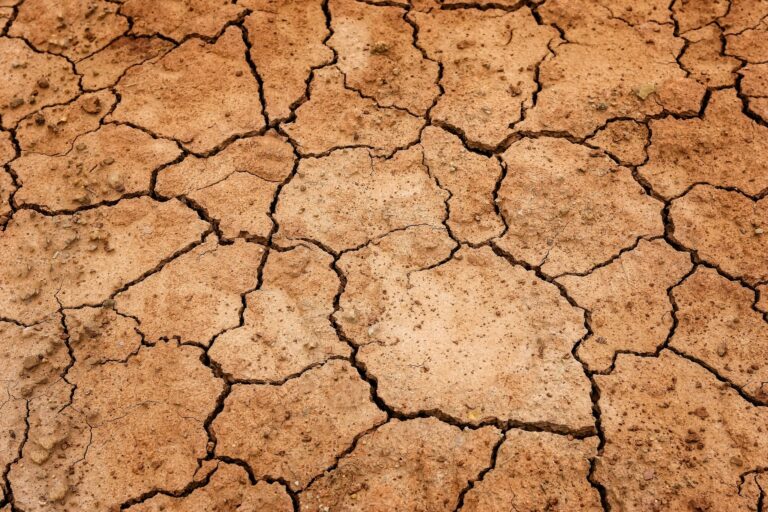Scientists say more research needs to be done on ‘flash droughts’, calling for the creation of early warning systems to predict the phenomenon.
Although a lot of research has been done on long-term droughts, flash droughts, which are characterized by their rapid onset – sometimes materializing in the space of just a few weeks – are less well understood.
“There is a growing awareness that flash droughts can trigger severe agricultural impacts, and the mechanisms at their origin need more investigation,” said Celine Bonfils, a climate scientist at the California-based Lawrence Livermore National Laboratory (LLNL). “This makes flash droughts a compelling frontier for research, monitoring and prediction.”
Despite a growing drought risk due to global warming, the danger posed by flash droughts is often underestimated and remains a “hidden hazard”, says Bonfils, who co-authored a paper on the subject published recently in Nature Climate Change.
In the paper, Bonfils mentioned a flash drought that impacted the US Midwest in 2012, with a rapid expansion of drought conditions from 30% to 60% of the continental US in just four months. This drought had a significant impact on agriculture and river transport in the affected region.
Another recent flash drought in Queensland, Australia, in 2018 drove livestock numbers to their lowest level in a century.
Angeline Pendergrass, a scientist at the US National Centre for Atmospheric Research (NCAR) and the paper’s lead author, said a drought monitoring and early-warning system was needed to head off the dangers posed by the phenomenon.
“Reliable information must be communicated in a timely manner to water and land managers, policy makers and the public through appropriate communication channels, to trigger actions documented in a drought plan, which is particularly critical for flash droughts,” wrote Pendergrass.
“That information, if used effectively, can form the basis for reducing vulnerability and improving mitigation and response capacities of people and systems at risk.”



